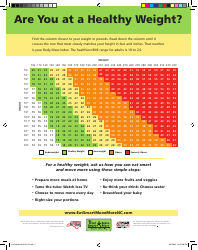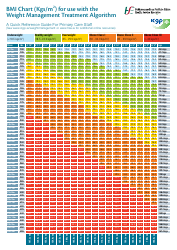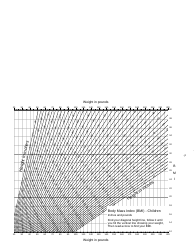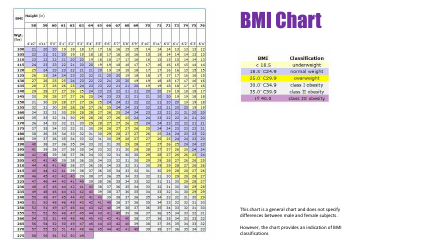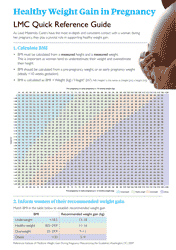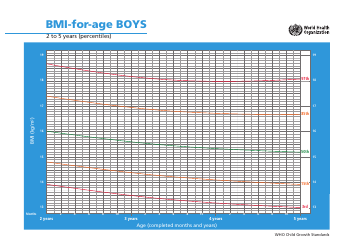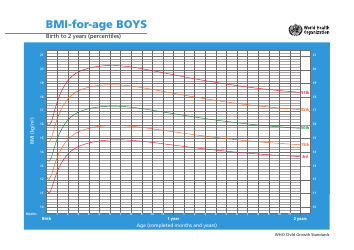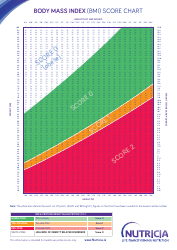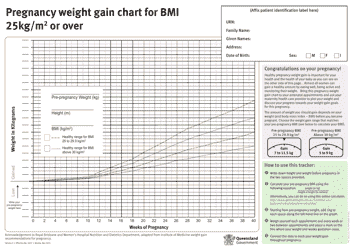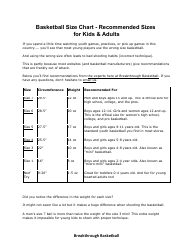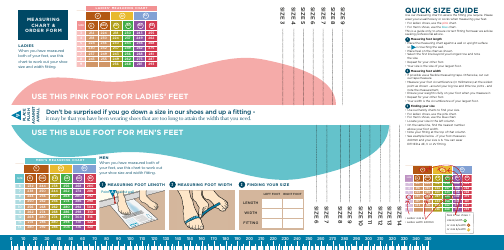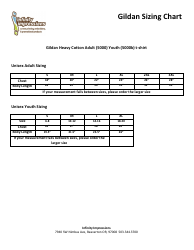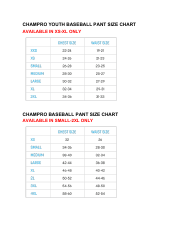BMI Chart for Adults
BMI chart for adults is used to assess whether a person's weight is within a healthy range based on their height. It provides a rough estimate of body fat and helps in determining if an individual is underweight, overweight, or at a healthy weight.
The BMI chart for adults is not filed by any specific individuals or organizations. It is a widely available reference tool that can be used by individuals to calculate and monitor their own body mass index (BMI). It is typically used by healthcare professionals, such as doctors or nutritionists, to assess an individual's weight status.
FAQ
Q: What is a BMI chart?
A: A BMI chart is a tool used to determine a person's body mass index.
Q: What is body mass index (BMI)?
A: Body mass index (BMI) is a measure of body fat based on height and weight.
Q: How is BMI calculated?
A: BMI is calculated by dividing a person's weight in kilograms by their height in meters squared.
Q: What are the categories of BMI?
A: The categories of BMI are underweight, normal weight, overweight, and obese.
Q: What is considered a healthy BMI?
A: A healthy BMI is typically between 18.5 and 24.9.
Q: What is considered underweight according to BMI?
A: According to BMI, underweight is classified as a BMI less than 18.5.
Q: What is considered overweight according to BMI?
A: According to BMI, overweight is classified as a BMI between 25 and 29.9.
Q: What is considered obese according to BMI?
A: According to BMI, obesity is classified as a BMI of 30 or higher.
Q: Is BMI an accurate measure of body fat?
A: While BMI is a useful tool for population-level assessments, it may not accurately reflect individual body fat percentages.
Q: Why is BMI important?
A: BMI is important because it provides a general indication of a person's weight and health status.


